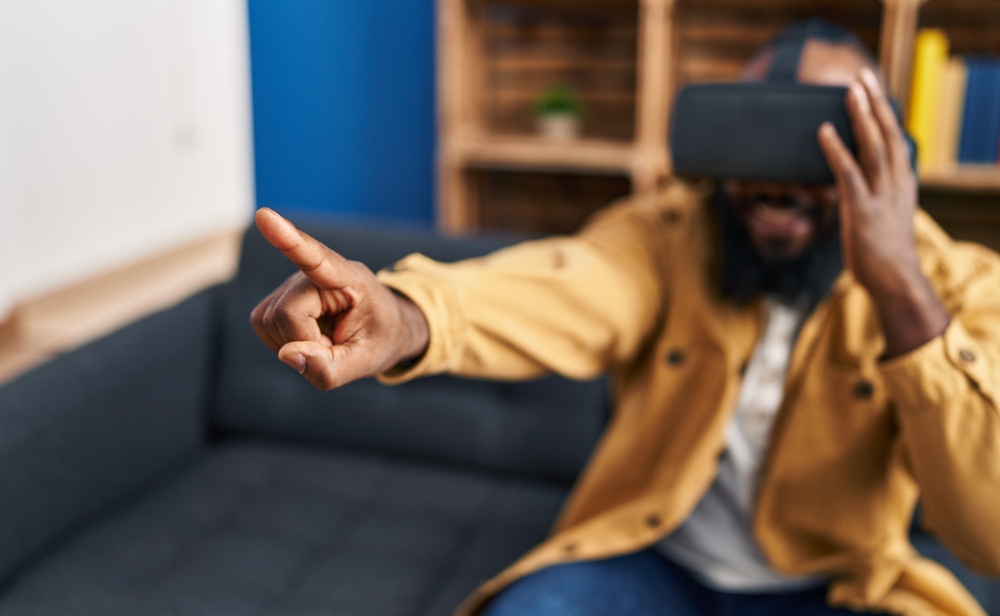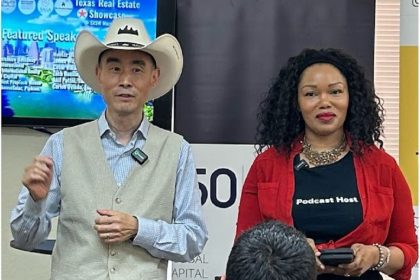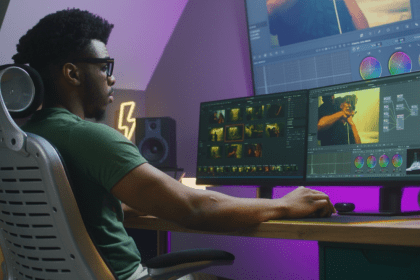The real estate industry has always been at the forefront of adopting new technologies to enhance the buying and selling experience. From online listings to drone photography, technological advancements have significantly transformed how properties are marketed. One of the most groundbreaking innovations in recent years is virtual reality (VR). This technology is revolutionizing home tours and real estate marketing, offering a more immersive, efficient and engaging experience for buyers and sellers alike. In this article, we will explore how virtual reality is changing the landscape of real estate and the benefits it brings to the industry.
The emergence of virtual reality in real estate
Virtual reality is not a new concept, but its application in real estate is relatively recent. Initially popularized in the gaming and entertainment industries, VR technology has found a new home in real estate, providing a unique way to showcase properties. The ability to create a 3D virtual tour of a property allows potential buyers to explore homes from the comfort of their living rooms. This technology is especially beneficial for out-of-town buyers or those with busy schedules who cannot attend physical open houses.
Benefits of virtual reality home tours
Enhanced buyer experience
Virtual reality home tours offer an unparalleled immersive experience. Unlike traditional photos or videos, VR allows buyers to virtually walk through a property, giving them a sense of space and scale that static images cannot provide. They can explore every room, look around corners and even examine details like countertops and fixtures. This level of interaction helps buyers feel more connected to the property, making them more likely to pursue a purchase.
Convenience and accessibility
One of the most significant advantages of VR home tours is the convenience they offer. Buyers can tour multiple properties in a single day without leaving their homes. This is particularly useful for international buyers or those relocating from other states. Additionally, virtual tours are available 24/7, allowing potential buyers to view properties at their convenience, regardless of time zones or scheduling conflicts.
Impact on real estate marketing
Increased engagement
Virtual reality has transformed real estate marketing by increasing engagement levels. Listings that include VR tours attract more attention and generate more interest than those with only photos or videos. The interactive nature of VR tours keeps potential buyers on the listing page longer, increasing the chances of them taking further action, such as contacting the agent or scheduling an in-person visit.
Competitive edge
In a competitive real estate market, having VR tours can give agents and sellers a significant edge. Properties with virtual tours stand out from the crowd, appealing to tech-savvy buyers and those looking for a modern home-buying experience. Offering VR tours can also enhance an agent’s reputation, positioning them as forward-thinking and innovative.
Virtual staging and renovation visualization
Virtual staging
Virtual staging is another area where VR is making a substantial impact. Traditional staging involves furnishing a home to make it more appealing to buyers, but this can be costly and time-consuming. Virtual staging, on the other hand, uses VR to digitally furnish a property, allowing potential buyers to see how the space can be utilized. This not only saves time and money but also provides a flexible solution where different styles and layouts can be showcased with ease.
Renovation visualization
For properties that need renovation, VR can help buyers visualize the potential of a space. By creating virtual renovations, agents can show how a dated property could look with modern updates. This is particularly effective for fixer-uppers or homes with unique layouts, as it helps buyers see beyond the current condition and imagine the possibilities.
Challenges and considerations
Technological barriers
While VR offers many benefits, there are also challenges to consider. High-quality VR tours require advanced technology and equipment, which can be expensive. Creating a realistic and immersive experience demands high-resolution cameras, powerful software and skilled technicians. This can be a significant investment for smaller real estate agencies or independent agents.
User experience
Another consideration is the user experience. Not all potential buyers may be comfortable or familiar with VR technology. Some may find it disorienting or difficult to navigate virtual tours. Real estate professionals need to provide guidance and support to ensure a positive experience for all users.
The present — and future — of virtual reality and real estate
Virtual reality is undoubtedly changing the way home tours and real estate marketing are conducted. By offering enhanced buyer experiences, increasing engagement, and providing innovative solutions like virtual staging and renovation visualization, VR is setting a new standard in the industry. While there are challenges to overcome, the benefits of adopting this technology are clear. As VR continues to evolve, its impact on real estate will only grow, making it an indispensable tool for modern real estate marketing.
Virtual reality is not just a trend; it is a transformative force that is reshaping the real estate landscape. For buyers, sellers, and agents alike, embracing VR technology can lead to more efficient, engaging, and successful real estate transactions. As we look to the future, it’s exciting to imagine how further advancements in VR will continue to enhance the home buying and selling experience.











